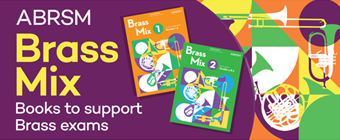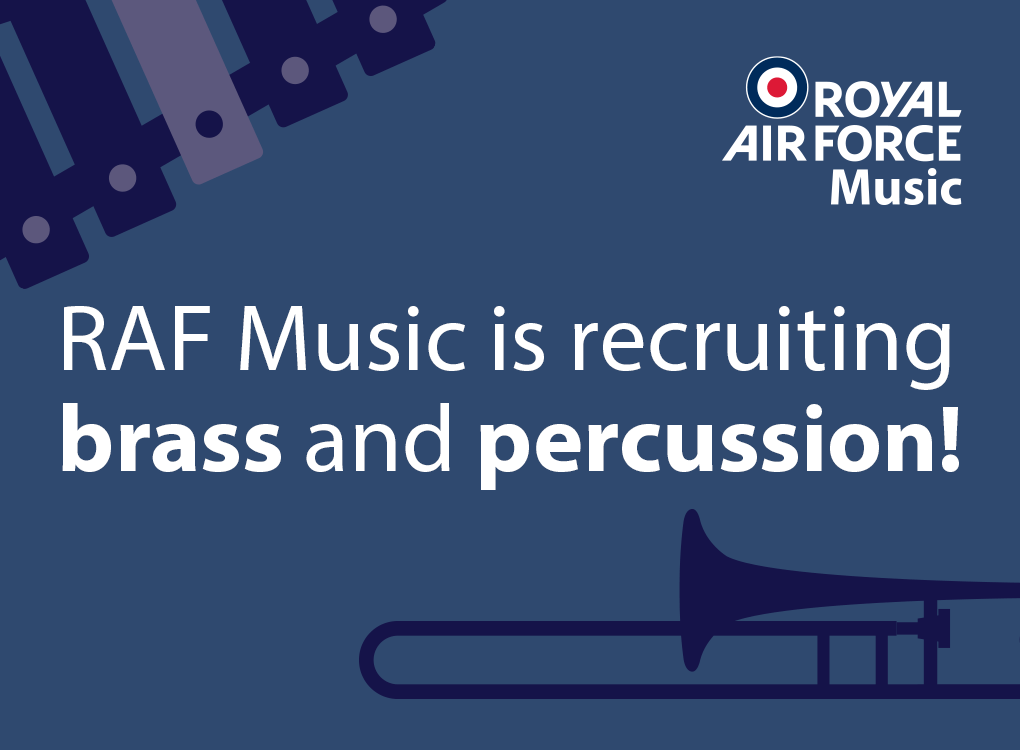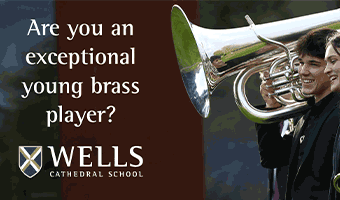
Background:
The Yamaha Neo baritone was launched in 2014 and has since made a significant impression on the market place.
Five years in development, the manufacturer wanted an instrument that complemented the existing Neo range (cornet to tuba) yet still had enough innovation about it to improve on well established Yamaha strengths of build quality and excellent intonation.
However, they still went back to the drawing board, took their time and enlisted the help of Katrina Marzella - perhaps the best known brass band baritone player in the world.

The Neo in action with Katrina Marzella
So how does it stack up?
Thanks go to our friends at Trevada Music for the lend of the instrument:
http://www.trevadamusic.co.uk/

Our overall star rating will be given at the end:
 : Sub standard quality and characteristics in all four areas
: Sub standard quality and characteristics in all four areas
 : Average standard quality and characteristics in all four areas
: Average standard quality and characteristics in all four areas
 : A mix of average and good standard quality and characteristics in all four areas
: A mix of average and good standard quality and characteristics in all four areas
 : Very good standard quality and characteristics in all four areas
: Very good standard quality and characteristics in all four areas
 : Exceptional standard quality and characteristics in all four areas
: Exceptional standard quality and characteristics in all four areas

Build Quality/Design:
Yamaha has a renowned reputation for outstanding build quality and well thought out design - and the Neo, if not revolutionary, is certainly evolutionary in both aspects.
Being part of its flagship range, the Neo benefits from excellent craftsmanship. There is nothing cheap or tacky about the components, and there is a real solidity about the way everything has been put together. The finish on the silver plate is excellent.
Time and thought has gone into things - from slim valve casings and hand rest parallel to the valves to the waterkeys, valve tops and interior gubbings.
The valve block and valves could have come out of Jorge Lorenzo’s MotoGP bike. You could play then without hassle at 18,000 revs and not hear a noise. You have to say that the time taken in developing the 3 valve compensating system has paid off brilliantly.
As for looks? It’s a baritone, so don’t expect it to look as alluring as Angelina Jolie and it certainly doesn’t come with any Liberace style bling.
However, it’s lighter than the Prestige and not as bulky looking as the Sterling Virtuoso, with a slightly smaller bell size (240mm to the 241.3mm of the Prestige) although the bore size is 13.2mm - 14.0mm compared to the Besson at 13.8mm.
The floating leadpipe is not connected to the bell, but it is well positioned, whilst the design is neatly proportioned and set-out. It’s obvious attention has gone into the ergonomics to ensure that the Neo is comfortable, well balanced and not tipping the scales in need of a New Year’s gym membership resolution.
Overall: Well thought out, practical design complemented by Yamaha’s superb build quality make for a formidable combination.

Intonation:
With Besson pushing ahead with its 4 valve Prestige it was a brave move for Yamaha to put it eggs in the 3 valve basket given that it was starting from scratch with the Neo in terms of design.
And with the ever-increasing technical demands on the baritone both as solo as well an ensemble voice, Yamaha placed a great deal of faith in its ability to come up with an instrument that could provide excellent intonation throughout its range.
We were very keen then to put it through its paces - armed with a tuning app to check out those traditional baritone weak spots of the mid range and lower D, Db and bottom G, Gb in particular.
Delighted to report then that the Neo is just about spot on throughout the range (the usually troublesome top G and A were also excellent), with enough flexibility in the hands of a good quality player to make the very minor tweaks required to get things bang on the money .
The Neo rewards solid technique and breath control, giving the player confidence and security.
Overall: The time and money spent on getting things right has fully justified the decision to go the 3 valve way. The Neo was excellent - no two, three or four ways about it!!

Ease of Blowing/Tone:
The decision by Yamaha to also go with the floating leadpipe (which can be troublesome) has been justified.
Comparisons are a touch invidious with rivals, but we found the Neo to be a freeblowing instrument throughout the range and at dynamic extremes. It’s an instrument for a player with a very secure, well honed breathing technique though - so don’t think it will cure any inherent problems if you put air through your instrument like a 75 year coal miner. It won’t.
The tonality is dark, deep and resonant, but it is malleable and in the right hands can be brightly burnished.
There is no trick to making a fine sound on a instrument as good as this - all you have to do is capture it.
Overall: With its beautifully dark tone and ease of blowing, the Neo offers so much for a player to work with.

Overall performance/Value for money:
As you would expect from a company with Yamaha’s resources and with the ability to take its time investing money and research into its products, the Neo is a very fine instrument indeed.
Interestingly, it does same the same characteristics of the other instruments in the Neo range - build quality is superb, the design well thought out, intonation is excellent and the instrument produces a dark, freeblowing, flexible tone.
We haven’t heard a top band full of them that we can think of as yet - but it would be interesting.
For the individual player it would come down to personal preference if they are looking for an instrument that can enhance well established technique: If they do choose a Neo they won’t be left disappointed.
Interestingly, we tried it in a band rehearsal setting alongside a Sterling baritone and a Prestige and Sterling euphonium and it blended in remarkably well - so no problems there either if a player is worrying about ensemble playing.
All that and the Neo offers excellent value for money - with the silver plate version we tried coming in at around £2,900 - £3,000 in comparison to a Sterling Virtuoso at around £3,250, a Sovereign at around £2,900 - £3,200 and a Prestige at around £3,700 - £4,150 depending where you look.
It also comes with its own Yamaha 48S mouthpiece (much like a Denis Wick 5BS) and a case that is designed to a very sturdy job (although it looks as if there wasn’t much Yen left in the design budget)
Overall: All that time and effort has paid off for Yamaha with the Neo - it is a superb instrument that ticks all the right boxes for a top class player, or one with the ambition to be. It also offers a great deal to those who wish to enjoy their playing on an instrument that that helps rather than hinders.
Overall 4BR star rating:
 : Exceptional standard quality and characteristics in all four areas
: Exceptional standard quality and characteristics in all four areas
Specifications:
Price: £2,900 - £3,000 (approx)
Bell Size: 240mm (9.4")
Bore Size: 13.2mm (0.52") - 14.0mm (0.55")
Body: Yellow brass
Finish: Bright Silver Plate/Lacquer
Mouthpiece: SL-48(S)
For more information about the Yamaha Neo YBH-831 Baritone go to:
http://europe.yamaha.com/en/products/musical-instruments/winds/baritones/
Available from:
Trevada Music
http://www.trevadamusic.co.uk/
Band Supplies
http://www.band-supplies.co.uk/
John Packer
http://www.johnpacker.co.uk/









